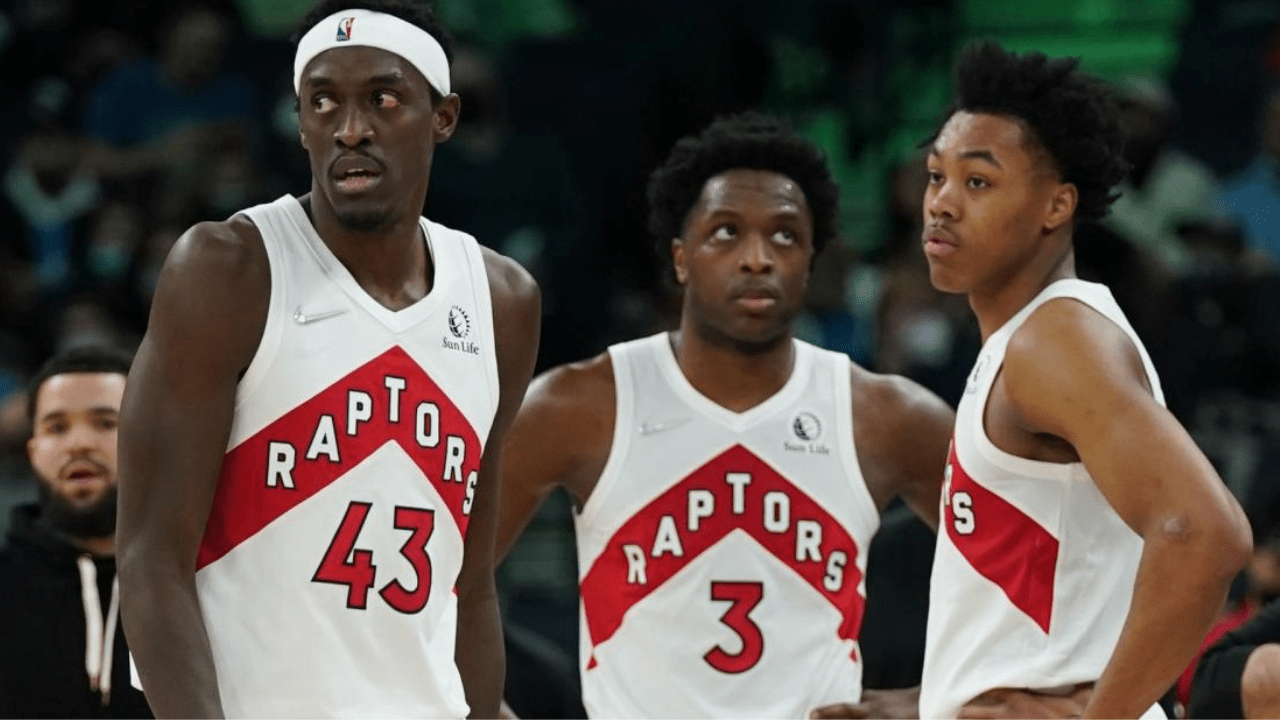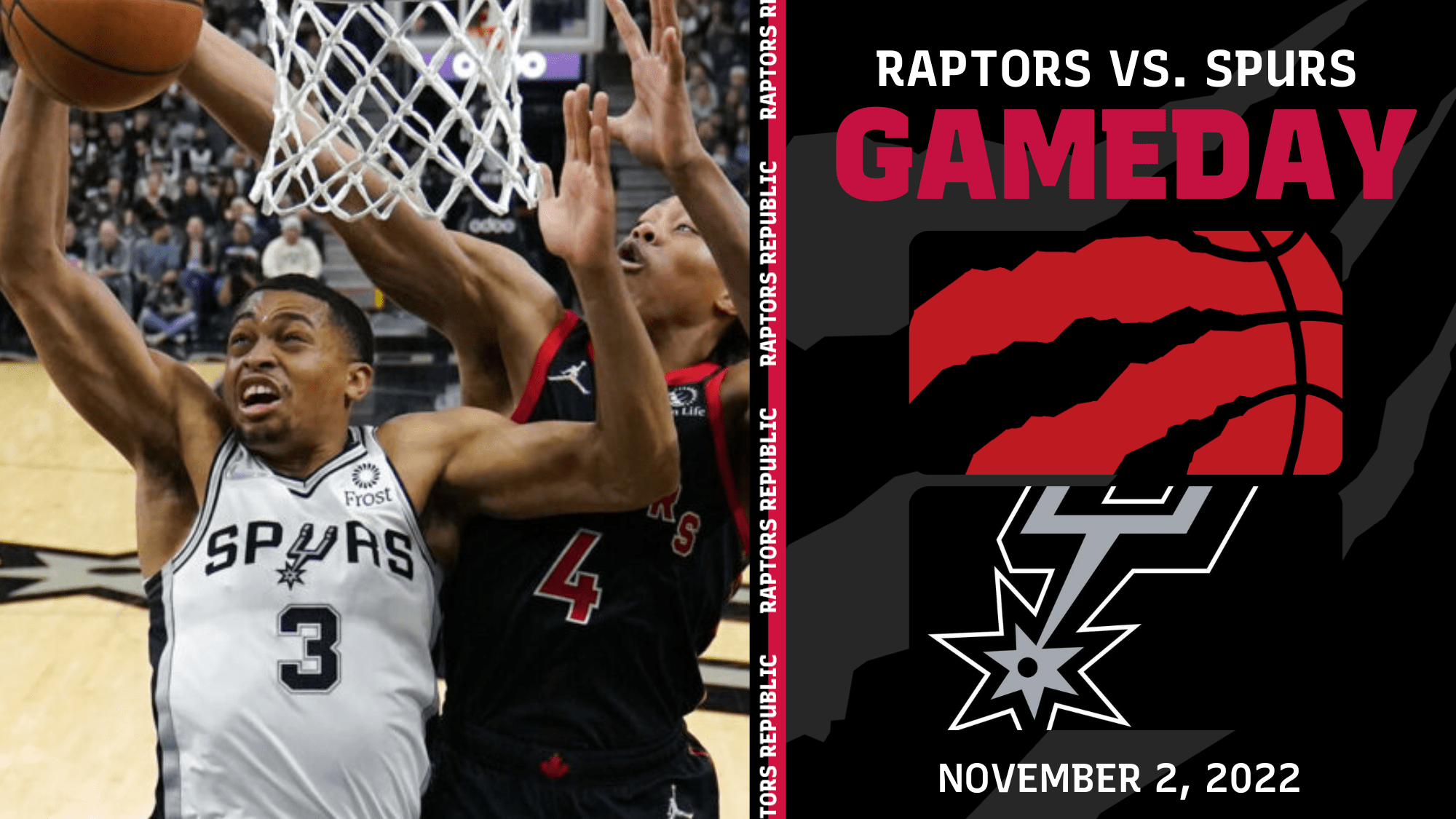During the early days of Alexander the Great's campaigns, even his own soldiers must have thought he was crazy at times. His vision of the future didn't make sense to those even closest to him. Within a few years of inheriting control of Macedon, and in his early 20s, he invaded Persia -- such a mighty empire that Darius III, the ruler, didn't even bother fighting the Macedonians he saw them as so feeble a threat. But then he defeated a much larger army at Granicus River, besieged Halicarnassus, and smashed Darius himself at Issus. But what did Alexander do after he finally conquered Persia? Kept on going, keeping the compass facing East, to invade India. By that point, it was dangerous not to share Alexander's vision.
All this to say: If you don't see the vision for the Toronto Raptors at this point, you're the one who's crazy.
It's hard to say which skills aren't helpful to overlap in today's NBA. With how intelligent NBA offenses have become at leveraging advantages in creative and unpredictable ways, having multiple teammates with similar abilities is usually a good thing. Shooting, passing, defending: All are multiplicative. And the Toronto Raptors have built their team with overlap seemingly in mind, rather than as a side effect. Rather than skill, the team has prioritized physical ability. And with Fred VanVleet sidelined with back stiffness, the Vision 6'9 Era has never been more visionary than in Toronto's 139-109 pounding of the Atlanta Hawks.
The foundational pillars were Pascal Siakam, Scottie Barnes, and O.G. Anunoby. All may have remarkably similar body types, but their skills on the floor are quite different. And their abilities, like their enormous wingspans, seem to be building towards multiplying the value of one another.




